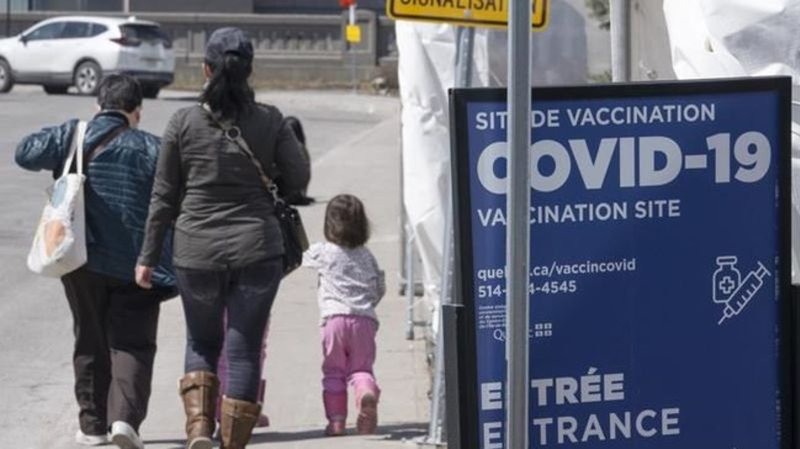
Five ways to reduce and evaluate risk in a potential sixth wave of COVID-19
As most provinces and territories lift COVID-19 public health measures, Canadians are left to assess their own risk level amid signs of a sixth wave.
Dr. Theresa Tam, Canada’s chief public health officer, said last month it’s important to look at the amount of COVID-19 in your community and what activity you are undertaking.
“Is it outside? Is it inside? Is it crowded? Who am I going to be with?”
Tam said it’s also important to take into account your personal health situation and whether you are around people who are at greater risk, such as elderly parents or unvaccinated children.


